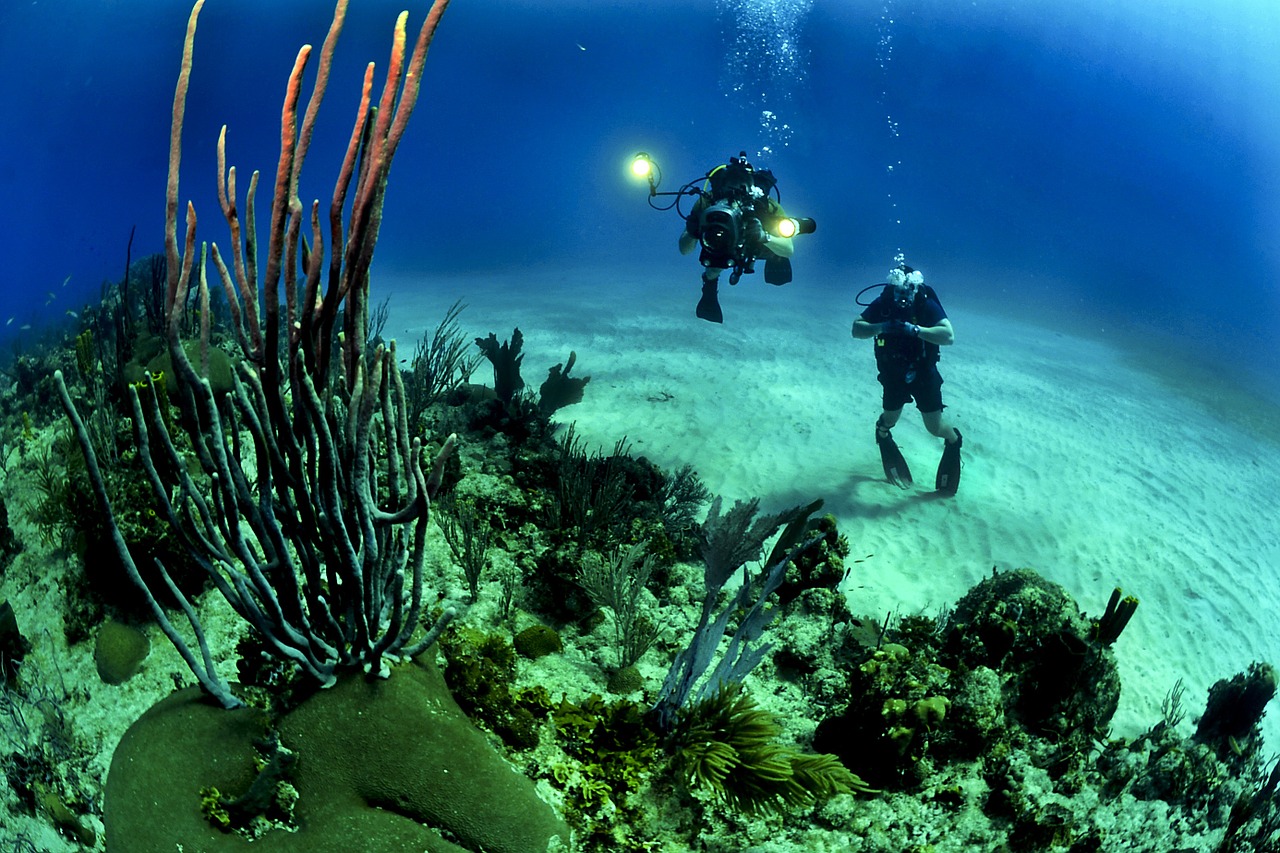The US Court of Appeals for the District of Columbia upheld on Friday a lower court’s decision to maintain President Obama’s designation of nearly 5,000 miles of ocean off the coast of New England as a “national monument.”
In 2016, President Obama, in an exercise of powers vested in him by the Antiquities Act, established The Northeast Canyons and Seamounts Marine National Monument, which consists of three underwater canyons, four undersea volcanoes, and the surrounding ecosystems covering approximately 5,000 square miles of ocean in the US Exclusive Economic Zone (US EEZ).
The Antiquities Act gives the US president the right to preserve as national monuments objects of historic or scientific interest that are situated on land that is owned or controlled by the federal government so long as the preservation is confined to the smallest area necessary for the proper care and management of the objects to be protected.
However, in 2017, the Massachusetts Lobstermen’s Association challenged the designation of the area as a national monument in the DC District Court, arguing that Obama had exceeded the authority given to him the the Antiquities Act because the ocean is not “land.” Additionally, the Association argued that Presidents are precluded by the National Marine Sanctuaries Act, which gives the Secretary of Commerce the right to designate and manage marine sanctuaries in the US EEZ, due to potential redundancy.
The District Court dismissed the Association’s claims and the Court of Appeals upheld that decision, stating that the Antiquities Act also encompasses “submerged land.” The court reasoned that the monument designation did not make the Sanctuaries Act redundant or obsolete because the Sanctuaries Act was meant to complement the Antiquities Act by allowing for preservation of certain marine areas for more diverse purposes than the Antiquities Act allowed (such as recreational purposes).
Although the Sanctuaries Act permits marine sanctuaries to occupy an area of any size “that will permit comprehensive and coordinated conservation and management,” the Antiquities Act does not require a narrow interpretation of the “smallest area compatible” with management. The monument designation for this underwater system specifically covers not only “the canyons and seamounts themselves,” but also “the natural resources and ecosystems in and around them,” encompassing the entire 5,000 square mile region.
Furthermore, because the federal government has “unrivaled authority under both international and domestic law” to establish its control over the US EEZ, the court found no impediment for the monument designation.


